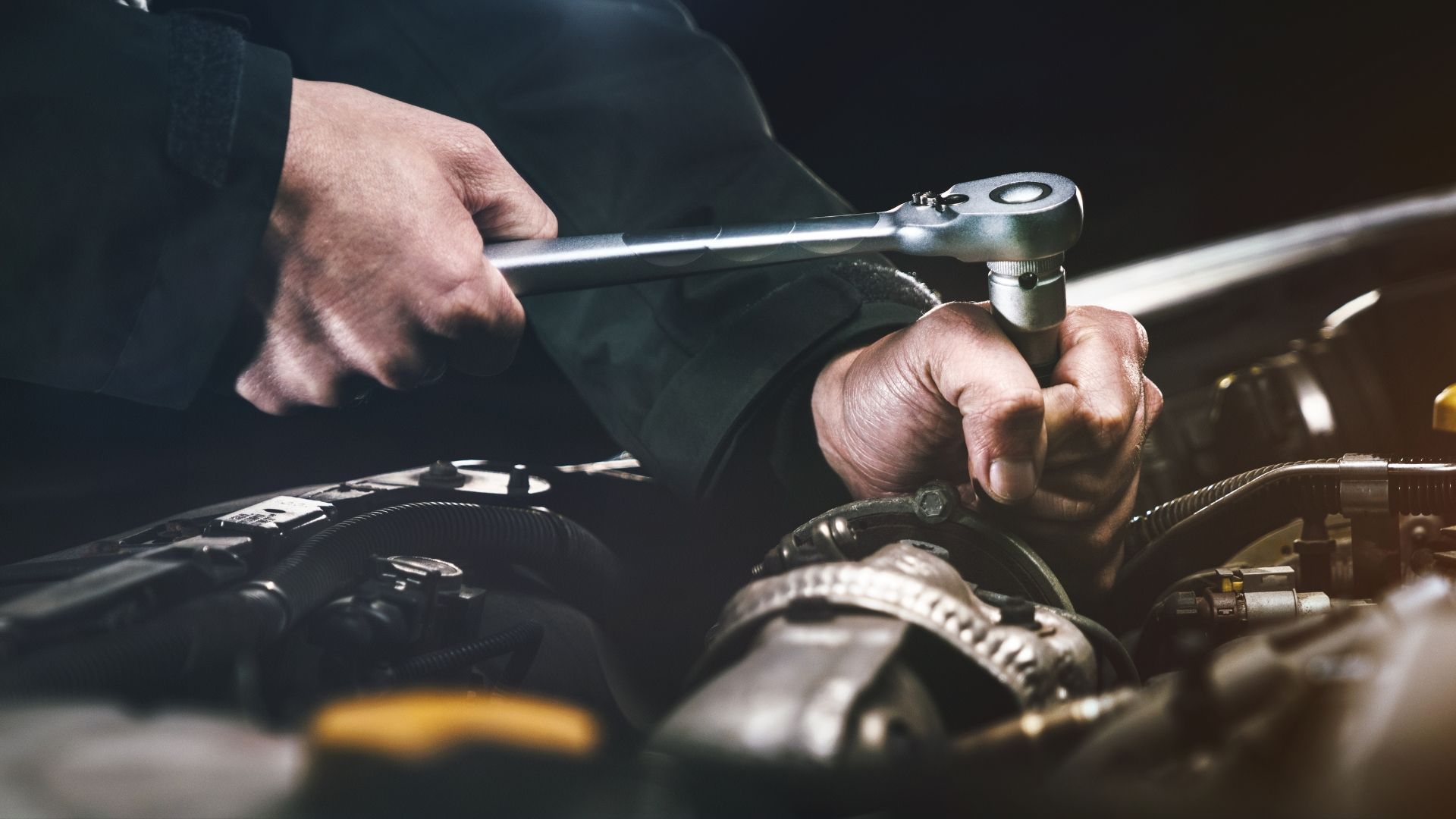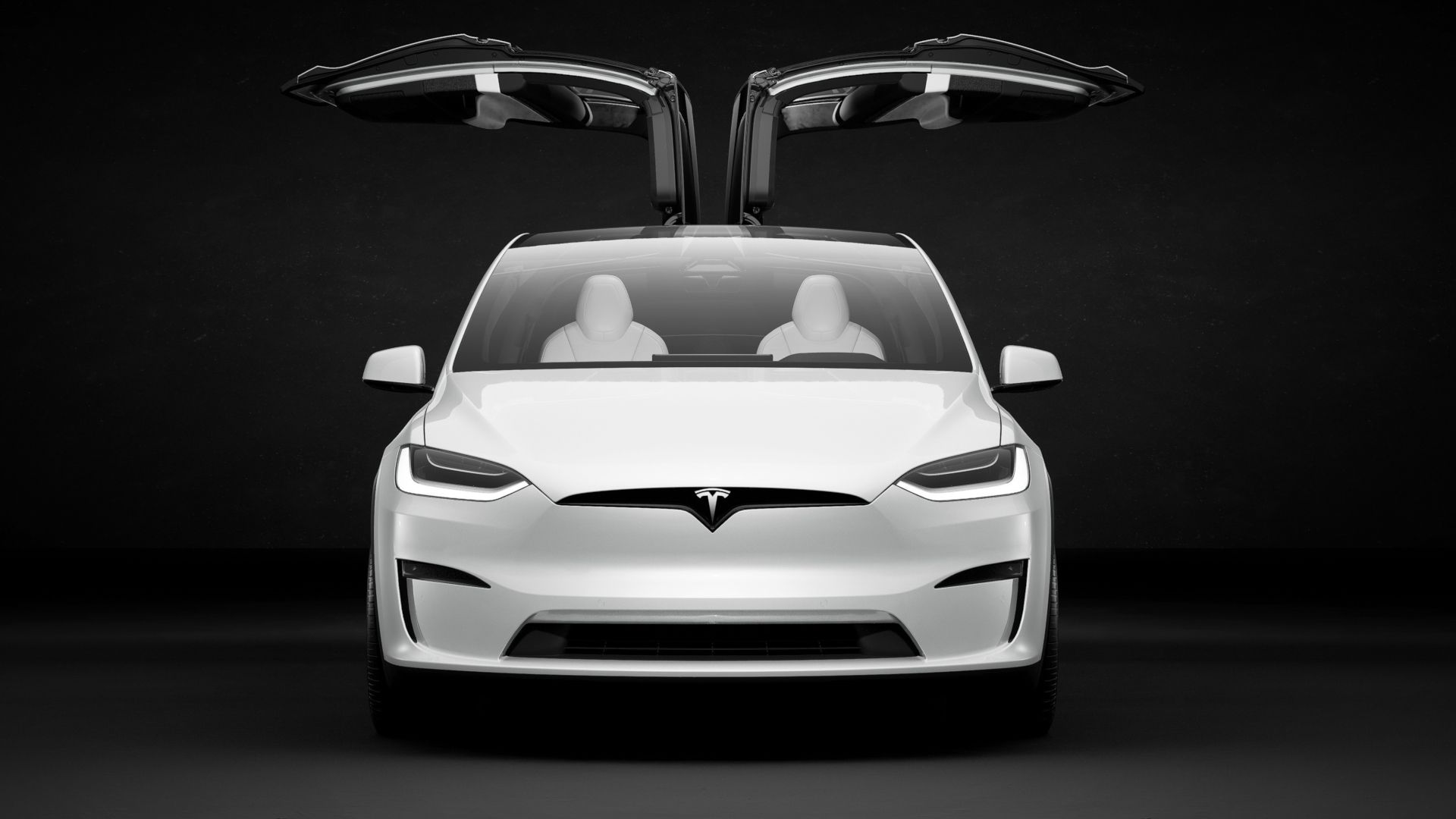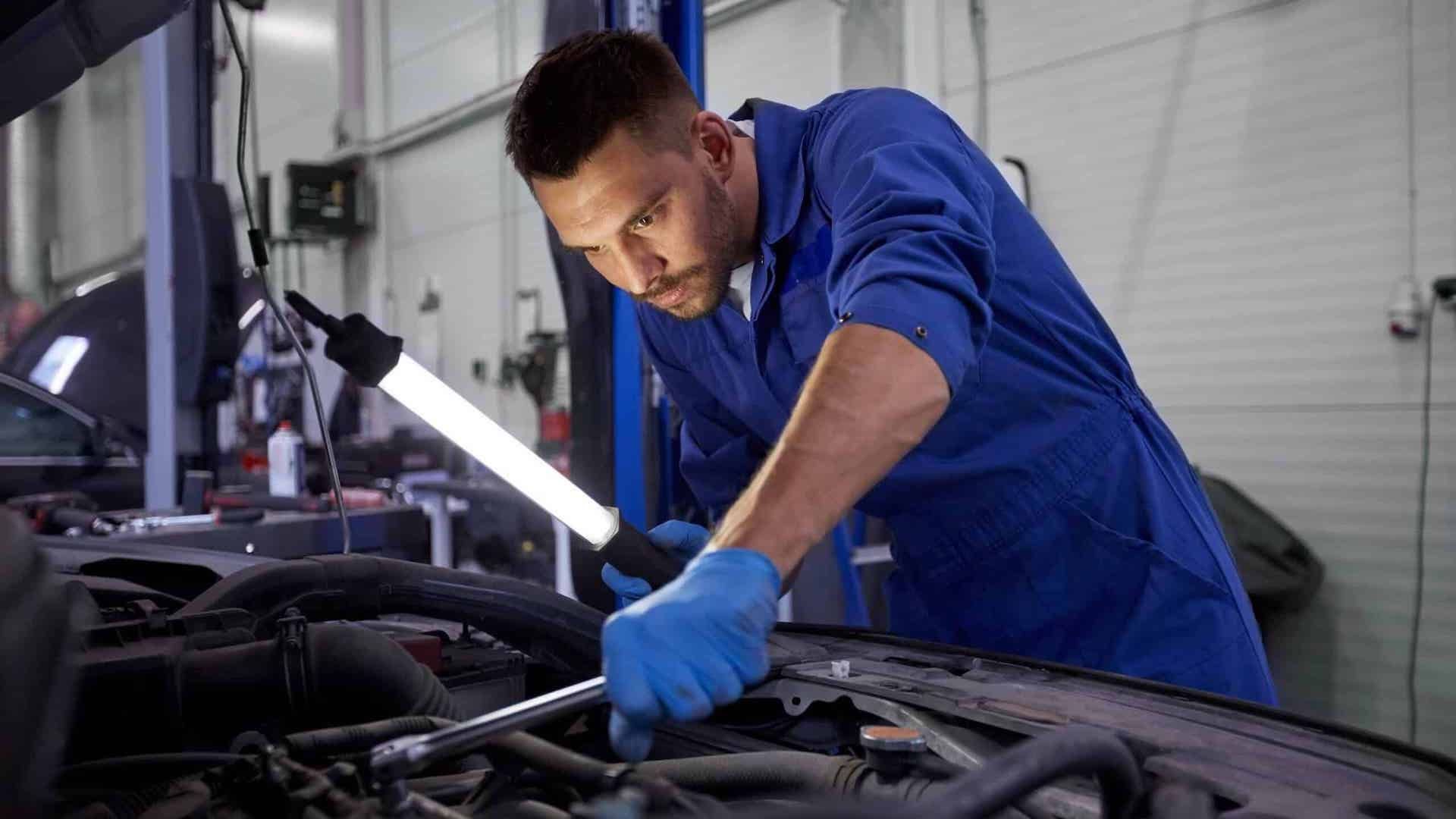Key Takeaways
- Tesla Model 3 is the cheapest luxury car to own, beating Toyota Prius, with low repair costs and high reliability.
- Despite rising repair costs, Tesla’s low maintenance fees make it a wise ownership choice, outperforming luxury competitors.
- Although Lexus ES 350 offers reliability and comfort, Tesla Model 3 tops the list for inexpensive maintenance after a 10-year period.
On the surface, it’s not hard to see the appeal of delving into the luxury vehicle market. Aside from the prospect of a prestigious badge, luxury cars offer a level of interior quality and advanced technology that simply can’t be matched by mass-market brands.
That said, you get what you pay for, and more often than not, the higher purchase price is accompanied by higher running costs. That said, Tesla appears to be bucking this trend. The repair and maintenance aggregator CarEdge ranks the electric car manufacturer as not only the cheapest luxury brand to own but the Tesla Model 3 specifically is the least expensive vehicle overall to maintain over a 10-year period.
3:15
These Are The Most Dependable Auto Brands, According To New Study
Toyota and Lexus continue to dominate despite some surprise results from BMW, Porsche, and General Motors.
The Tesla Model 3 Is Cheaper To Run Than A Toyota Prius
Reliability & Maintenance Costs
- J.D. Power Quality & Reliability Rating: 74/100
- Est. Maintenance Cost During The First 10 Years: $3,587 (CarEdge)
- Est. Yearly Repair Cost: N/A (RepairPal)
- Total Recalls: 25 (NHTSA)
- KBB Consumer Rating: 4.6/5 (2021 – 2023)
We’re sure your eyebrow is significantly raised looking at the title, but at least according to CarEdge, the Tesla Model 3 is actually cheaper to repair and maintain than a Toyota Prius. The price aggregator’s estimated cost for a Tesla Model 3 over the first ten years of ownership is only $3,587 – a whole $421 less than a Toyota Prius. That not only makes the Model 3 by far the least expensive luxury vehicle to run, but it also makes it the cheapest vehicle to run overall during that period.

2024 Toyota Prius Vs 2024 Tesla Model 3 Comparison
Is the Toyota Prius, a self-charging hybrid, the better path to being economical than the pure electric Tesla Model 3? We find out.
It’s a similar, albeit slightly less headline-grabbing, story for the estimated five-year cost, too, with the Tesla Model 3 only costing an estimated $1,115 over that time, with only the Toyota Yaris and Toyota Corolla costing less at $1,080 and $1,110, respectively.
The Prius, meanwhile, is a whole $9 more over five years, saving you $1.80 per year. While we’re admittedly being a bit reductive with that stat, the fact that a Tesla costs the same or less to run than the cheapest mass-market vehicles available speaks volumes about how affordable the ownership experience really is.

Google News
Add HotCars to your Google News feed.
Tesla Sweeps The Top 3 Spots In Affordable Luxury Vehicle Ownership Costs
The Least Expensive Luxury Vehicles to Maintain after 10 Years
|
Rank |
Brand |
10 Year Maintenance Cost |
|---|---|---|
|
1 |
Tesla Model 3 |
$3,587 |
|
2 |
Tesla Model S |
$4,566 |
|
3 |
Tesla Model Y |
$4,732 |
|
4 |
Lexus ES 350 |
$5,488 |
|
5 |
Lexus ES 300 H |
$5,662 |
|
6 |
Lexus IS 350 |
$5,680 |
|
7 |
Lexus GS 350 |
$5,721 |
|
8 |
Tesla Model X |
$5,723 |
|
9 |
Acura ILX |
$7,104 |
|
10 |
Lexus NX 300 |
$7,136 |
(Data courtesy of CarEdge)
While the Model 3 is the least expensive luxury vehicle to maintain over five and ten years, two more Teslas sit just below it. The second-place ranking goes to the Tesla Model S sedan, while the Tesla Model Y is in third place for maintenance costs after 10 years. CarEdge estimates that the Model S will cost around $4,566 during the car’s first 10 years on the road, while the Model Y will cost $4,732.
One of the main reasons that the CarEdge estimates are so low for the Tesla models is the relative chance of the need for a major repair over the first 10 years, which is only 8.64% for the Model 3 and S. That’s 30.92% better than the luxury sedan industry average. The Model Y, meanwhile, has a slightly higher estimated chance of major repair at 11.68%; however, that’s still a healthy 27.88% better than the luxury SUV industry average.
2:19

The Truth Behind Tesla Cybertruck’s Rust Problems
Some Cybertruck owners claim their brand-new trucks are rusting, but things aren’t as straightforward as they seem.
Interestingly, while the Model 3 and Model S are estimated to cost $8,374 and $7,395 less than the 10-year luxury sedan maintenance industry average, respectively, the Model Y undercuts both with its relative cost savings of $10,982 over the luxury SUV industry average. That said, other sources are less kind when ranking Tesla’s reliability as a whole.
Tesla’s Reliability Ratings Aren’t Great Despite Low Maintenance Costs
The J.D. Power 2024 U.S. Vehicle Dependability Study (VDS) measures 2021 model-year vehicle reliability. Over 30,000 independent owners provide feedback on their experiences after three years of ownership, with J.D. Power giving each vehicle and brand a ‘problems per 100’ vehicle score (PP100), with lower scores indicating fewer issues. Interestingly, Tesla didn’t score particularly strongly compared to some other luxury brands, with a PP100 score of 252 – 62 points worse than the industry average.
Despite the less-than-stellar rating from the J.D. Power VDS, owners appear to be happy with their Teslas, with the Model 3 managing a Kelley Blue Book consumer score of 4.6 out of 5 based on 184 reviews. Low maintenance costs were one of the main positive factors cited in the reviews, too, with owners also praising the Model 3’s comfort, electric range, and general driving experience as a whole.
The lack of oily bits under the hood is likely why the maintenance costs are so low, with Tesla only recommending changing the tires, cabin air filter, and brake pads every 12,000 miles. That said, if something does go wrong with the powertrain, the AWD Model 3, Y, and Cybertruck all come with an 8-year/150,000-mile warranty on the battery and drive unit, massively mitigating any potential repair costs.
The Lexus ES 350 Is The Cheapest Gas-Powered Luxury Vehicle To Run
Reliability & Maintenance Costs
- J.D. Power Quality & Reliability Rating: 85/100 (2023)
- Est. Maintenance Cost During The First 10 Years: $5,488 (CarEdge)
- Est. Yearly Repair Cost: $468 (RepairPal)
- Total Recalls: 1 (NHTSA)
- KBB Consumer Rating: 4.1/5 (2022)
Despite the EV revolution taking hold of the market, there are still some worthwhile luxury options for those who prefer the traditional internal combustion engine. While Tesla dominates the top three repair and maintenance spots after ten years, it’s a slightly different story at the five-year mark, with the Lexus ES 350 sneaking into third place.
With CarEdge estimating a maintenance cost of only $1,556 after five years, Toyota’s luxury sub-brand provides a viable alternative to Elon’s EV contingent. That said, if you want to add a bit of electrification to the mix, then the hybrid ES 350 H is estimated to only cost around another $90 in the same period.
While CarEdge does say the Lexus sedans have a higher chance of needing a major repair over the first 10 years at around 15.13%, that’s still 24.43% lower than the luxury sedan average.
There’s less variation between reliability sources, too, with J.D. Power ranking Lexus as the single most reliable brand in their 2024 VDS, with a score of 135 PP100 – 55 points above the industry average and 117 points above Tesla. Admittedly, the Kelley Blue Book consumer reviews aren’t quite as positive as the Tesla Model 3, with an average score of 4.1 out of 5 based on 62 reviews. However, owners cited the lack of luxury features and average performance as the main disappointments, with build quality and reliability being the car’s main strong points.

Expert Opinion
The Lexus ES 350 is one of the most reliable and comfortable cars you can get for the price. The only problem, however, it is simply quite boring. If you are looking for the best with no fun-factor, don’t hesitate to grab an ES 350.
With Repair Costs Rising, Low Maintenance Costs Are More Important Than Ever
Annual Average Repair Cost Increases Overview
|
Average cost of repair increase (2022-present) |
10% |
|
Average labor rate increase (2019-present) |
20+% |
|
Average cost of aftermarket parts increase (2021-2022) |
17% |
|
Average cost of OEM parts increase (2022-2023) |
14-15% |
|
Average 40ft container shipping cost increase (2020-2021) |
900% |
(data courtesy of Mitchells via CNBC)
Unfortunately, it seems that the automotive industry is no more immune than any other when it comes to rising prices. The cost of living crisis and post-pandemic inflation rates continue to take their toll, with the US Bureau Of Labor Statistics reporting new and used car repair costs rose by 49.8% from November 2013 to November 2023 – 18% more than the relative inflation rate during the same period.
These rates have skyrocketed since the COVID-19 pandemic, with CNBC reporting that consumers have seen a 10% rise in average repair costs from 2022 to 2024 and a 20% increase in labor rates in the past five years.
There are a host of factors influencing these cost increases beyond inflation, though. While the increase in shipping costs (900% for an average 40ft container between 2020 and 2021) is a significant factor, the global chip shortage continues to play its part.

The Real Reason Why Vehicle Repair Costs Are Going Up
Consumers are being hit hard by increasing vehicle ownership prices, but the reasons why are more complicated than you might think.
This, combined with the amount of advanced semiconductors required for modern vehicles, exacerbates the cost issue. The advanced technology also requires more expensive tools to diagnose and re-calibrate any problems, which in turn also requires more trained technicians – something the industry is in short supply of right now, according to CNBC.
With this all in mind, it makes sense to mitigate any excessive repair costs, and it seems buying a Tesla is your best bet in that regard. That said, the Lexus ES 350 offers a similarly hassle-free ownership experience. The Lexus ES 350 also won’t cost you much money when it comes time to sell, holding its residual value better than any other luxury vehicle after five years (91.73%), according to CarEdge.
sources: Tesla, CarEdge, J.D. Power, Kelley Blue Book, YouTube @ CNBC, US Bureau Of Labor Statistics, RepairPal
Credit: Source link


